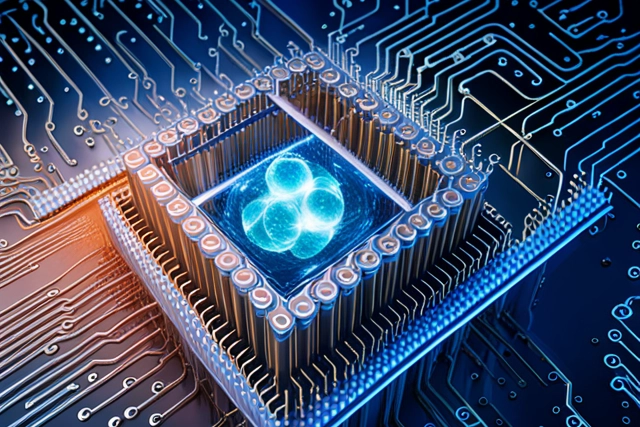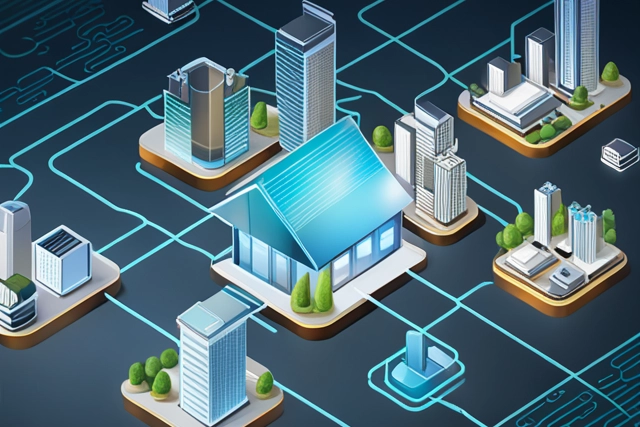
As we navigate through the digital age, the Information Technology (IT) landscape continues to evolve at an unprecedented pace. The next five years promise to be a period of significant transformation, with emerging technologies and trends reshaping the way we work, communicate, and live. This article will explore some of the most influential trends that are set to define the future of IT.
Artificial Intelligence (AI) and Machine Learning (ML)

AI and ML have been buzzwords in the IT industry for some time now, but their potential is far from being fully realized. Over the next five years, we can expect AI and ML to become even more integrated into our daily lives and business operations.
AI will continue to improve in areas like natural language processing, image recognition, and predictive analytics, enabling more sophisticated virtual assistants, autonomous vehicles, and personalized marketing. Meanwhile, ML algorithms will become more efficient and accurate, allowing businesses to extract valuable insights from vast amounts of data.
Quantum Computing
Quantum computing, a technology that leverages the principles of quantum mechanics to process information, is set to revolutionize the IT industry. While still in its early stages, quantum computing promises to solve complex problems that are currently beyond the reach of classical computers.
Over the next five years, we can expect significant advancements in quantum computing technology, including improvements in qubit stability, error correction, and quantum algorithms. These advancements will pave the way for practical applications in fields like cryptography, material science, and optimization problems.

Cyber Security

As digital transformation accelerates, cybersecurity will become even more critical. The increasing number of connected devices and the proliferation of sophisticated cyber threats will demand more robust and resilient security solutions.
In the next five years, we can expect advancements in areas like AI-powered threat detection, blockchain for secure transactions, and quantum cryptography for unbreakable encryption. Additionally, there will be a growing emphasis on privacy-preserving technologies, such as homomorphic encryption and differential privacy, which allow data to be analyzed without compromising privacy.
Edge Computing
With the rise of the Internet of Things (IoT) and the increasing demand for real-time data processing, edge computing is set to take center stage. Edge computing refers to the practice of processing data near its source, rather than relying on a centralized cloud-based system.
Over the next five years, the growth of edge computing will be driven by advancements in 5G technology, which offers the high-speed, low-latency connectivity needed for real-time data processing. This will enable applications in areas like autonomous vehicles, smart cities, and telemedicine.

Human Augmentation

Human augmentation, the use of technology to enhance human abilities, is another trend to watch. This includes everything from wearable devices that monitor health metrics to brain-computer interfaces that could potentially enhance cognitive abilities.
In the next five years, we can expect advancements in areas like augmented reality (AR), virtual reality (VR), and mixed reality (MR), offering more immersive and interactive digital experiences. Additionally, we may see progress in the development of neurotechnology, potentially opening up new ways for humans to interact with technology.
In conclusion, the future of IT is exciting and full of potential. As AI and ML become more sophisticated, quantum computing matures, cybersecurity becomes more robust, edge computing expands, and human augmentation technologies advance, we are set to witness a period of rapid and transformative change. These trends will not only reshape the IT industry but also have profound implications for businesses, governments, and society at large. It's a thrilling time to be part of the IT world, and we can't wait to see what the future holds.


